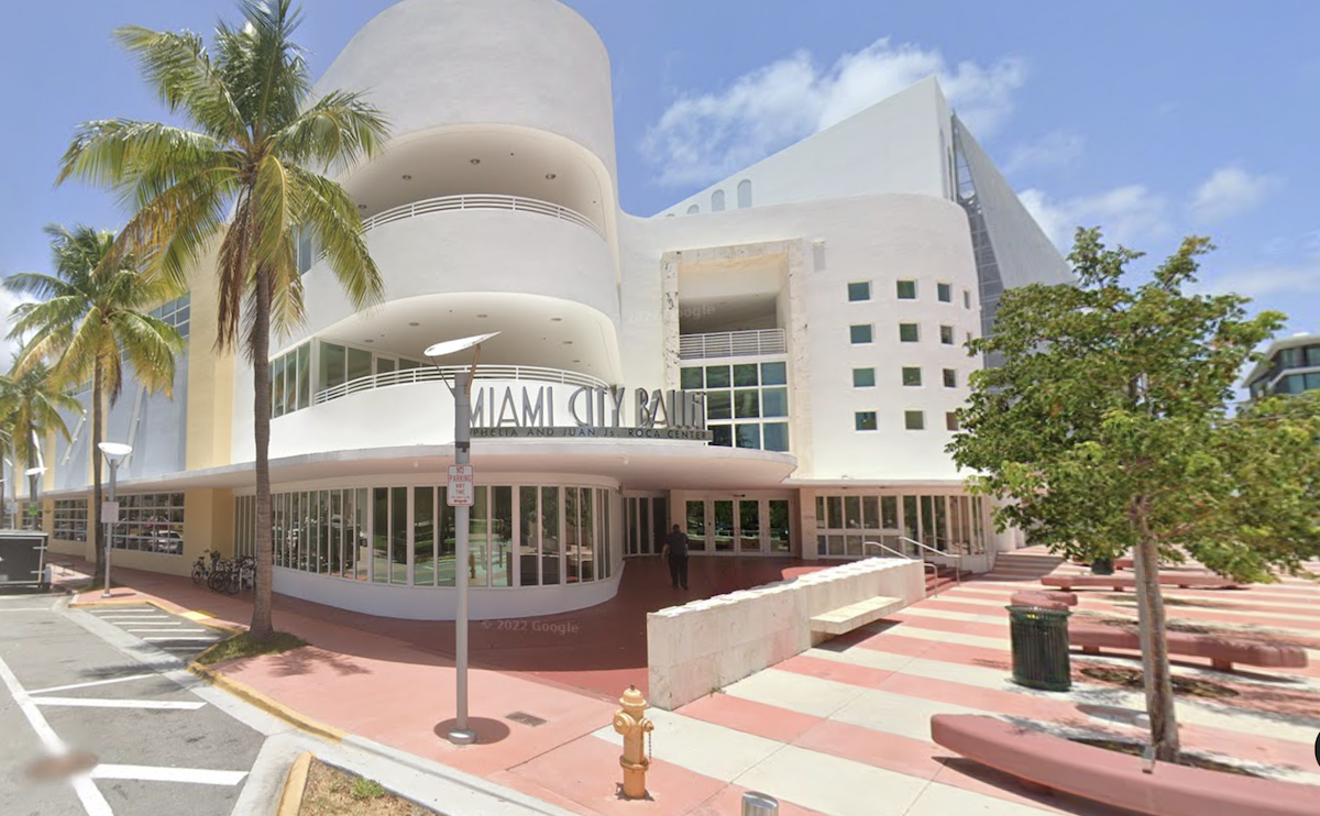Hurricane Irma caused a ton of damage in Miami last year. But so did a bunch of unnamed rainstorms and weak tropical systems. Downtown Miami, Brickell, Miami Beach, and other parts of Miami-Dade County regularly flood these days during high tide, and larger-than-average rainstorms deluge the area. Many residents have questioned whether city officials are doing enough to prepare for the storm surges and massive rainfalls from hurricanes.
Good news! A new study from the National Center for Atmospheric Research warns that hurricanes will get wetter, stronger, and slower thanks to climate change, which means an even greater number of storms might end up parking over South Florida and dumping insane amounts of rain. In other words, more storms could end up looking like Hurricane Harvey, which drowned Houston in 2017 because it sat in one spot and dropped unprecedented amounts of water on the city.
"Our research suggests that future hurricanes could drop significantly more rain," Ethan Gutmann, a researcher from the center, said in a media release. "Hurricane Harvey demonstrated last year just how dangerous that can be."
In the research, which the Washington Post first reported, scientists studied 22 recent storms, including Hurricanes Ivan, Jeanne, and Wilma, to see how they would have changed had they formed at the end of this century. The researchers created their model based on predictions for what the climate will look like by 2100; though climate scientists don't fully agree on how much the Earth will warm by the end of the century, virtually all of them expect the world to grow hotter and the seas to rise to some degree.
There was, likewise, some interesting variation among the 22 storms studied: With hotter seas, warmer air, and the other predictions in place, some storms certainly grew faster, bigger, stronger, and more dangerous across the board. But that wasn't true in all cases. Under the new models, Hurricane Wilma — which chewed
However, one thing was true for all 22 storms: Each one produced more rain.
"These simulations showed significant increases in maximum rainfall rates by approximately 24 percent," the study reads. "Rainfall rates are the only statistic that showed increases
That's bad news for flood-prone South Florida. The study's authors warn that large-scale floods might become more common as the Earth continues to warm. Take, for instance, Wilma. In warmer atmospheric conditions, that storm would have created more rainfall (a predicted 112 millimeters per hour, compared to the 94 millimeters per hour Wilma actually dumped on Miami) but would have moved slower across the state while also producing faster winds. That's a recipe for increased flooding.
Scientists are still mapping out all the ways in which a changing climate will affect natural disasters such as hurricanes. Though some studies have produced inconsistent results, the bulk of the science has trended toward predicting that hotter ocean temperatures will create stronger, more damaging storms. The Union of Concerned Scientists, for example, last year grimly summarized the science thusly:
As the climate continues to warm, the average intensity of tropical cyclones (including hurricanes in the North Atlantic) is projected to rise while the overall number of hurricanes globally is expected to either decrease or remain unchanged. Scientists project that, on average, tropical cyclones and hurricanes will have higher wind speeds and higher precipitation rates. There is some evidence that there will be an increase in the frequency of the most intense storms, though there is more evidence of this finding for the eastern North Pacific than there is for the western North Pacific and Atlantic.The new study helps fill in some of the gaps that other
Gutmann, the lead researcher, notes that in some cases, storms would have had a more difficult time forming or not been able to form at all. But on average, most storms seemingly became more dangerous. And all 22 produced more rain.
"This is important because flooding caused by heavy rainfall is frequently one of the dominant impacts," the researchers warn.













